
A frenzied plunge into a regressive and wildly weird future, Time and Space by Shireen Jeejeebhoy defies genre expectations and the laws of physics with gleeful abandon.
When three mischievous men from the year 3011 abduct a woman named Time from her lonely reality, anxiety over turning 40 is suddenly the least of her worries. Overwhelmed by the impossible technology at every turn, she is treated as a “dumb human specimen” in a mind-boggling society of chauvinists, but the future does have its rules, if not rights for “girls.”
Upon discovering that the young men have kidnapped yet another bewildered human from the past, their infuriated professor is relieved to find that she has no family or close connections, making her return to the past unnecessary. Instead, he orders them to smuggle her back into the past, to an even more bizarre era, where being unmarried is unacceptable, “Wealth” controls everything, literacy is restricted, dog-droids can chuckle, and “dumpees” like Time inevitably die. After encountering a kindly and rebellious bookstore owner named Space, and a surprising ally named Hope, they set out to find her a way home, even if they need to break every rule of the future to get there.
A constant theme of the book is patriarchal oppression, with the story commenting on the 21st century from the distance of the 31st century and beyond: “Maybe that’s why the boys like 2011: you pretend to be equal but the seeds for 3011 were planted then.” Critiques of middle-class feminists and their role in perpetuating oppression of more marginalized groups hit particularly hard, as does the obsession with looking young, and the preference for physical desirability over mental capacity. In the 25th century – considered the “Nasty Time” – the book’s social commentary shifts to the inevitable downside of efficiency, resulting in the programmed ignorance of the general populace to ensure subservience and productivity. The plot may be outlandish, but the message is clear: the misplaced priorities and prejudices of modern society will lead to one future hellscape after another.
The contemporary writing style leaps from philosophical musing to dramatic action and satirical wordplay in a single breath. Similar to Burgess or Orwell, familiar language is peppered with a FutureSpeak dialect, which creates an immersive fictional universe that demands close attention, and the occasional reliance on context clues. However, this original use of language is also juxtaposed against common idioms and anachronistic language from our 21st-century speech, which can break the illusion of a novel set centuries in the future. There are also limited setting descriptions, so picturing the future’s surreal landscapes can be difficult in particularly dense or tech-heavy portions of exposition.
On an editorial level, there are occasionally jarring moments of narration where internal monologuing seems to break the fourth wall, interrupting the natural flow of the story. There are also grammatical missteps, including repetitive vocabulary and circuitous wording of narration that could be tightened up for clarity. That said, the world-building is radically imaginative, the plot functions as a dire allegorical warning, and Time is an inspiringly fearless explorer of these bizarre but recognizable timelines.
Brazenly ambitious from start to finish, the novel challenges the present we’re pursuing and warns against the future we’re inviting, for a work of speculative sci-fi that acts as a fiercely urgent call to arms.
Book Links
STAR RATING
Design
Content
Editing
Get an Editorial Review | Get Amazon Sales & Reviews | Get Edited | Get Beta Readers | Enter the SPR Book Awards | Other Marketing Services



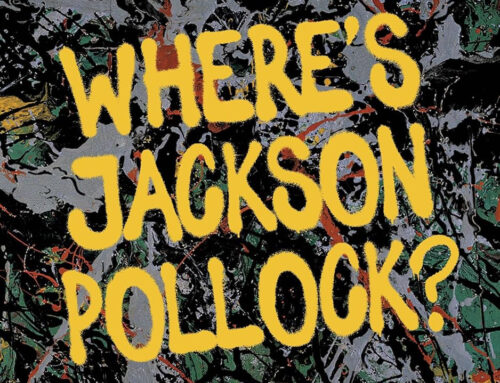
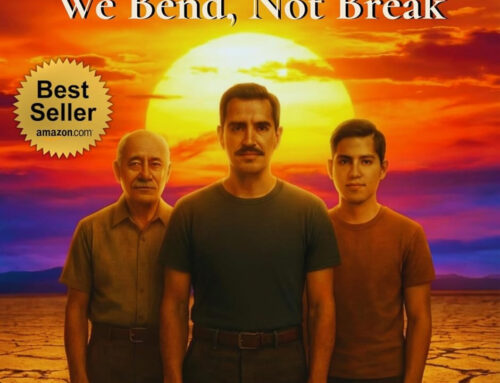
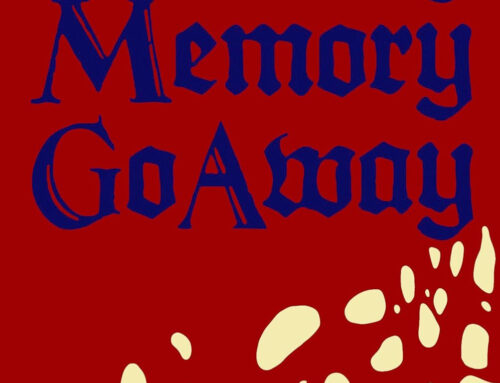
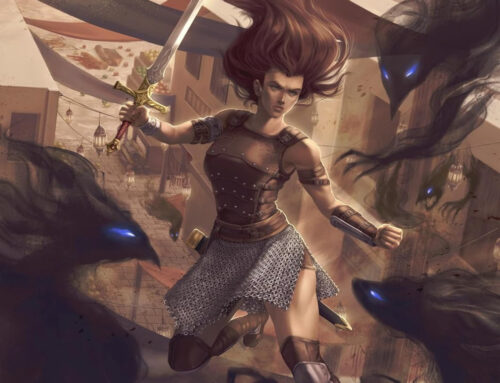
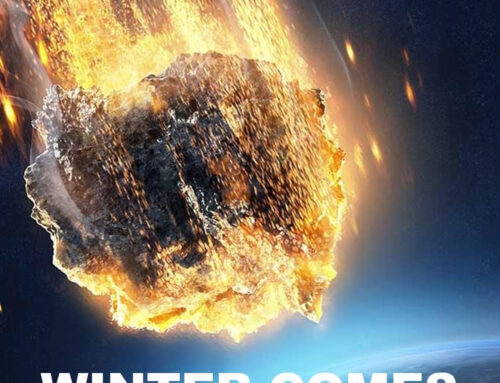
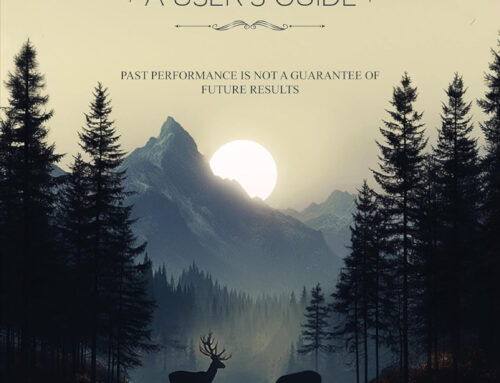

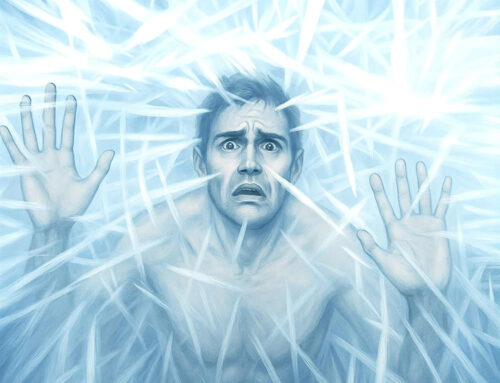
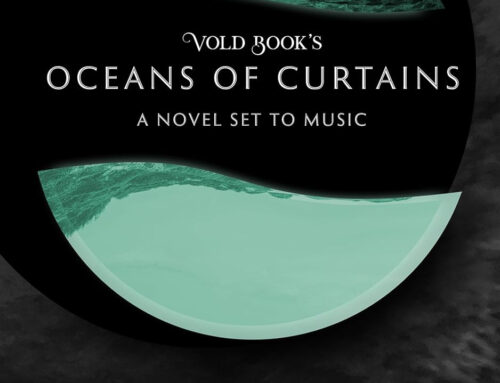

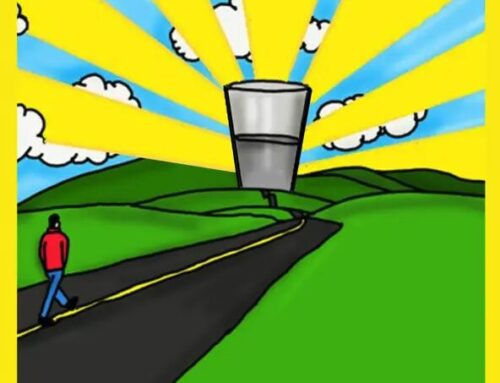
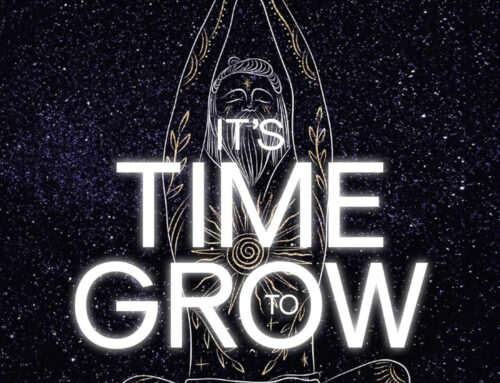
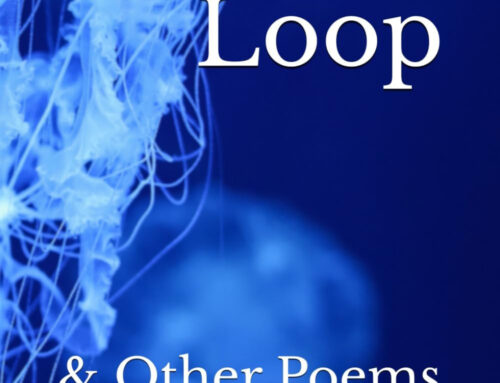

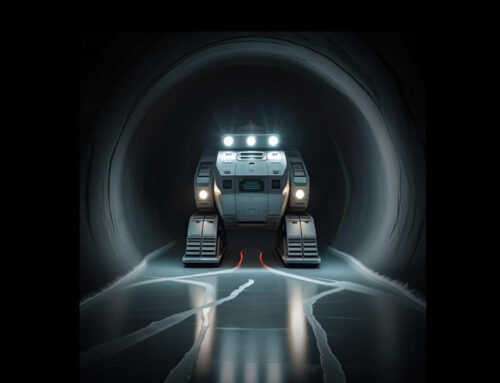


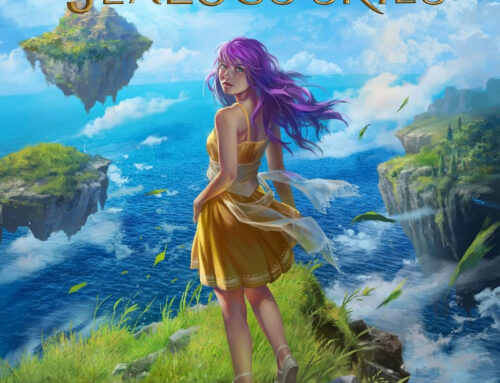
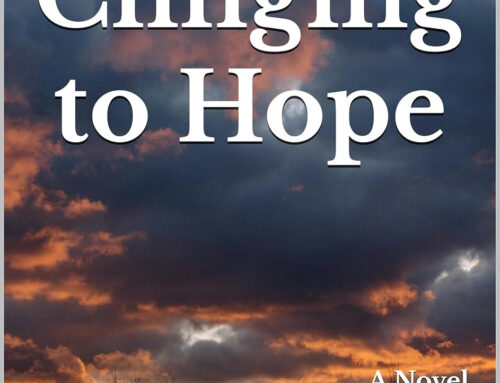

Leave A Comment